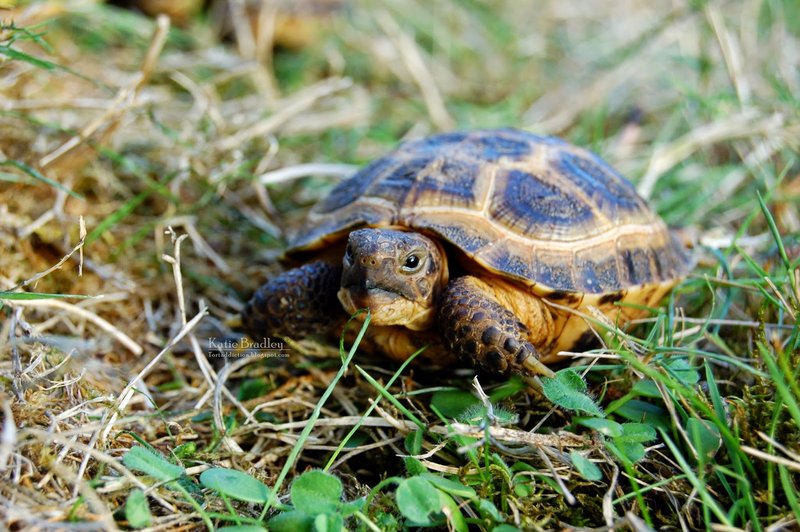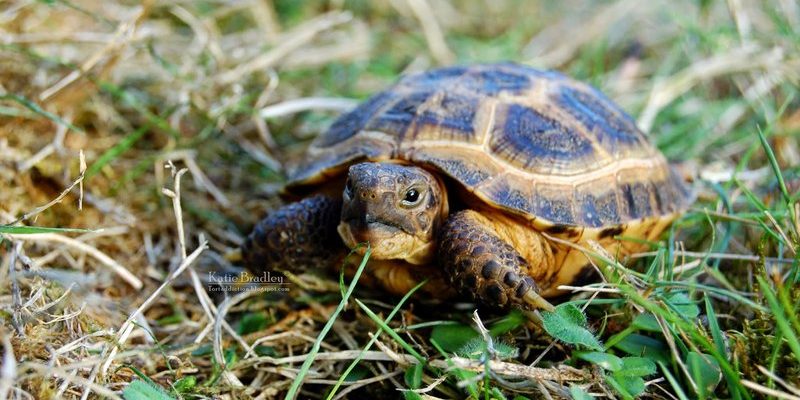
These tortoises are not just cute; they are crucial players in the balance of their ecosystems. By munching on grasses and various plants, they help maintain the health of their environment. So, sit back with your coffee, and let’s explore why the Russian tortoise is so important in its natural home.
Habitat: Where Russian Tortoises Live
The natural habitat of the Russian tortoise primarily includes dry grasslands, rocky hills, and scrubby areas, mostly found across countries like Russia, Kazakhstan, and parts of Uzbekistan. This area is like their personal buffet, filled with a variety of plants that provide food and shelter.
These tortoises prefer areas with loose soil, which makes it easier for them to dig burrows. Burrowing is essential for their survival, as it offers protection from harsh weather and predators. Picture a cozy underground retreat where they can escape the sweltering sun during the day and chilly nights.
The climate in their habitat is typically dry with low rainfall. This means that the tortoise needs to adapt to conserve water and withstand temperature fluctuations. Their ability to thrive in such an environment shows just how resilient and resourceful they are.
Diet and Foraging Behavior
You might be wondering: What exactly do Russian tortoises eat? Well, they are herbivores, feasting on various plants, including grasses, leaves, and flowers. This diet is not just a random choice; it plays a significant role in their habitat.
When they munch on these plants, they help control the vegetation. This ensures that no single plant species dominates the landscape, promoting biodiversity. It’s like a natural lawnmower, keeping things in check!
During foraging, Russian tortoises also help with seed dispersal. As they eat fruits and flowers, they pass seeds through their digestive system, which eventually get deposited elsewhere. This unintentional act helps new plants grow in diverse locations, enriching their ecosystem.
Social Behavior and Communication
Believe it or not, tortoises have a social side! While they might not form tight-knit communities, they do interact with one another—especially during the mating season. Males often engage in head-bobbing and other displays to attract females. It’s their way of saying, “Hey, look at me!”
Communication doesn’t stop there. Russian tortoises also use body language to express themselves, whether they’re feeling threatened or simply trying to establish territory. If you’ve ever seen them gently nudging each other, it’s their way of conveying messages.
This social behavior, while subtle, is crucial for their breeding and survival. It helps ensure the continuation of their species and maintains the natural balance in their ecosystems.
Predators and Threats
Like many creatures, the Russian tortoise faces predators in its habitat. Birds of prey, wild boars, and even some snakes view them as tasty snacks. Their hard, protective shells are their first line of defense, acting like armor against these threats.
However, the biggest threats to Russian tortoises are not just natural predators; they include habitat loss due to urbanization, agriculture, and climate change. As their environment becomes fragmented, it poses significant challenges for their survival. Imagine your home being taken away piece by piece—that’s what these tortoises face.
Conservation efforts are essential to help protect their habitats. Organizations across their native range are working to preserve these areas, ensuring that Russian tortoises can continue to thrive in the wild.
Role in the Ecosystem
Now that we’ve covered where they live and what they eat, let’s dive into their overall role in the ecosystem. Russian tortoises are considered a keystone species, meaning they have a disproportionately large effect on their environment compared to their population size.
By grazing on plants, they help maintain healthy grassland ecosystems. Their burrowing activities aerate the soil and help with water retention, creating a hospitable environment for other organisms. It’s like they’re little environmental engineers, shaping the landscape for everyone else.
Additionally, as they consume various plants, they encourage the growth of different species, promoting biodiversity. This balance is essential for a healthy ecosystem, and the absence of Russian tortoises could lead to significant changes that could negatively impact other species.
Conservation Status and Efforts
Unfortunately, the Russian tortoise is facing some challenges. Their population is declining in many areas due to habitat destruction and illegal pet trade. Efforts are underway to protect them, but it’s a tough battle.
Conservation organizations are advocating for the protection of their habitats, working to create safe zones. Education and awareness campaigns are also vital. The more people understand the importance of the Russian tortoise, the more likely they are to support conservation initiatives.
If you’re interested in helping, there are many ways to contribute to their preservation—from supporting wildlife organizations to spreading awareness in your community.
The Russian tortoise is more than just a slow mover in the wild; it’s a vital part of its natural habitat. From maintaining the health of grasslands to promoting biodiversity, its role is significant. By foraging, burrowing, and interacting with other species, these tortoises help create a balanced ecosystem.
As we look to protect their future, understanding the role of the Russian tortoise becomes essential. Every small effort counts. By valuing and conserving their habitats, we can ensure that these charming creatures continue to thrive for generations to come. So, the next time you see one of these tortoises, remember: they’re doing a lot more than just basking in the sun. They’re working hard behind the scenes to keep their home thriving!

